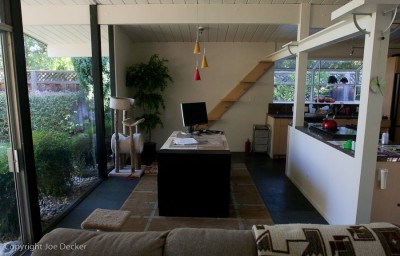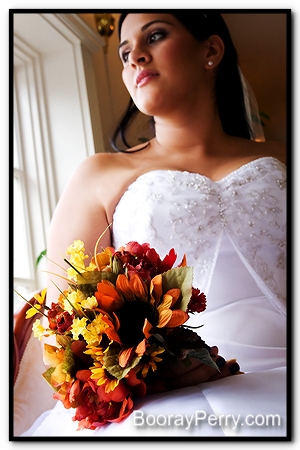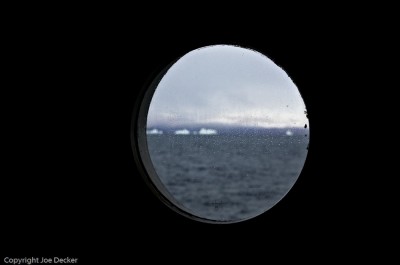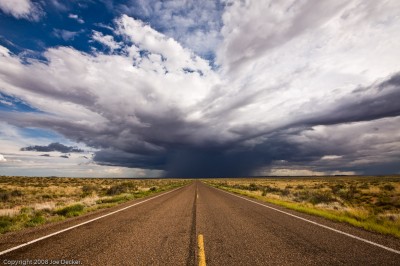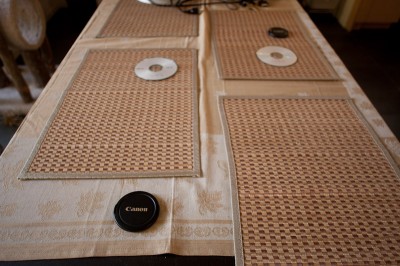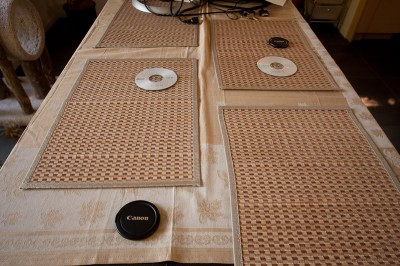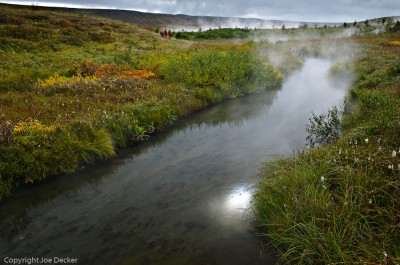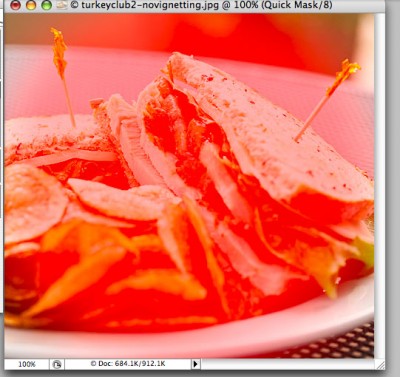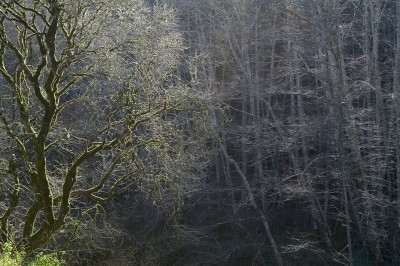Additional Perspective on Tilt-Shift lenses
In my previous article on tilt-shift lenses I talked about tilt and how that affects the plane of focus. It is a pretty great feature, and it is (I believe) behind the increased energy we’re seeing in the press and from camera manufacturers about these lenses. But it’s far from the only trick these little wonders can perform, today we’ll talk about the most basic use of shift (including what the large format guys would call rise and fall), to correct perspective in a photograph.
Perspective control using shift has been a staple of architectural photography for decades. When photographing a building from ground level, perspective causes the top of the building (which is farther from the camera) to show smaller in the image than the bottom. In seeing the real world around us this effect appears quite natural, but in a photograph the effect often makes the building appear as if it were falling over backwards. What we need for the image to “appear” more natural is a way to reduce the perspective-induced distortion of the shape of the building. (more…)
